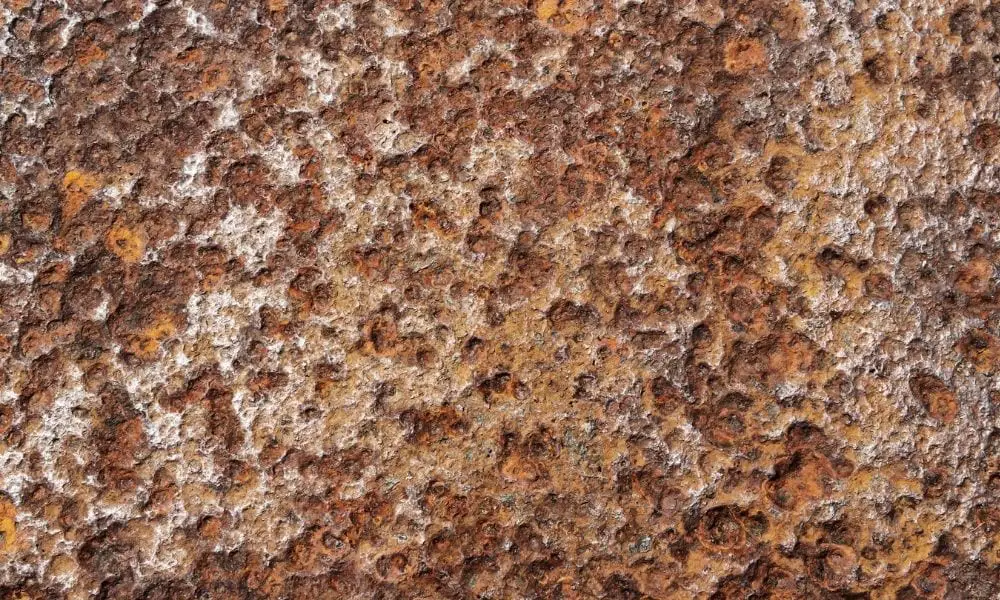

Corrosion occurs for all sorts of reasons, including infrastructure flaws, insufficient building materials, and incompatible environmental factors. There are all sorts of types of corrosion that occur due to the presence and combination of these causes. Localized corrosion is a well-known corrosion category for instances where the area affected by corrosion is focused. If you own or have any capital in infrastructures, you should remain informed on different types of localized corrosion impacting your buildings.
Pitting is a type of localized corrosion that results in holes in the infrastructure’s material. Pitting corrosion is difficult to predict and locate, making effective preventative measures against localized corrosion especially challenging to design. Because pitting is so hard to detect, it often goes unnoticed until it’s too late to repair it.
So, how does this particularly detrimental type of localized corrosion occur? Pitting happens when there’s damage to the protective oxide film that covers your pipelines caused by acidity, low concentrations of dissolved oxygen, and high concentrations of chloride.
Poor application of protective coating also increases structures’ susceptibilities to pitting, making it important to invest in premier corrosion prevention methods and specialists.
Crevice corrosion, as one might assume, occurs at the crevice or gap between two joining materials. You can also find signs of crevice corrosion adjacent to crevices or gaps within the infrastructure. A few factors that impact crevice corrosion are listed below.
Intergranular means existing between grains, which is exactly where you’ll find intergranular corrosion. Between the different types of localized corrosion, intergranular corrosion can occur with seemingly corrosion-resistant alloys once grain boundaries become exhausted.
When precipitation of chromium carbide exists at grain boundaries, chromium is weakened and the grain boundaries’ vulnerability to corrosion increases. It’s common to find another type of localized corrosion—galvanic corrosion—at these sites, too, as it is instigated by similar factors.
Upgrading your workspace? Get inspired by design ideas for materials, lighting, and amenities, and tips…
In recent years, the global interest in peptides has surged due to their wide-ranging benefits…
Maximize your workspace without overspending. Explore practical ways to expand your office using smart layouts,…
Discover how to create a thriving STEM community through hands-on, collaborative projects that are perfect…
Understanding the common causes of delays during facility relocations can save you time, money, and…
If you or someone you know suffers from sleep apnea, chances are a CPAP (Continuous…